Racing to save a Monmouth County house where a Revolutionary War patriot was murdered
MIDDLETOWN - The window frames are rotting. The wooden porch is crumbling. The red paint is peeling on all four sides. Holes have emerged in the siding, wide and deep enough to sink a small fist into.
The Joseph Murray farmhouse is a historic treasure nestled in Poricy Park. Built in 1770, its namesake owner was among the Monmouth County Bayshore’s leading patriot agitators during the American Revolution. In 1780 this father of four young children was ambushed and murdered by three unidentified assailants as he worked in his cornfield — shot with muskets, and then hacked with bayonets when the gunshots failed to finish him off.
The killing of Joseph Murray sent such shockwaves through the region — which already was a hotbed of skirmishes, with the British Army stationed on Sandy Hook — that his farmhouse and barn were preserved through the centuries. A stone marker and half-mast American flag mark the spot where he was slain.
In the summer of 2026, as American celebrates its 250th birthday, this should be showcased as a jewel of Middletown’s history-rich past. Unfortunately, it’s been deteriorating and rarely opened to the public in recent years.
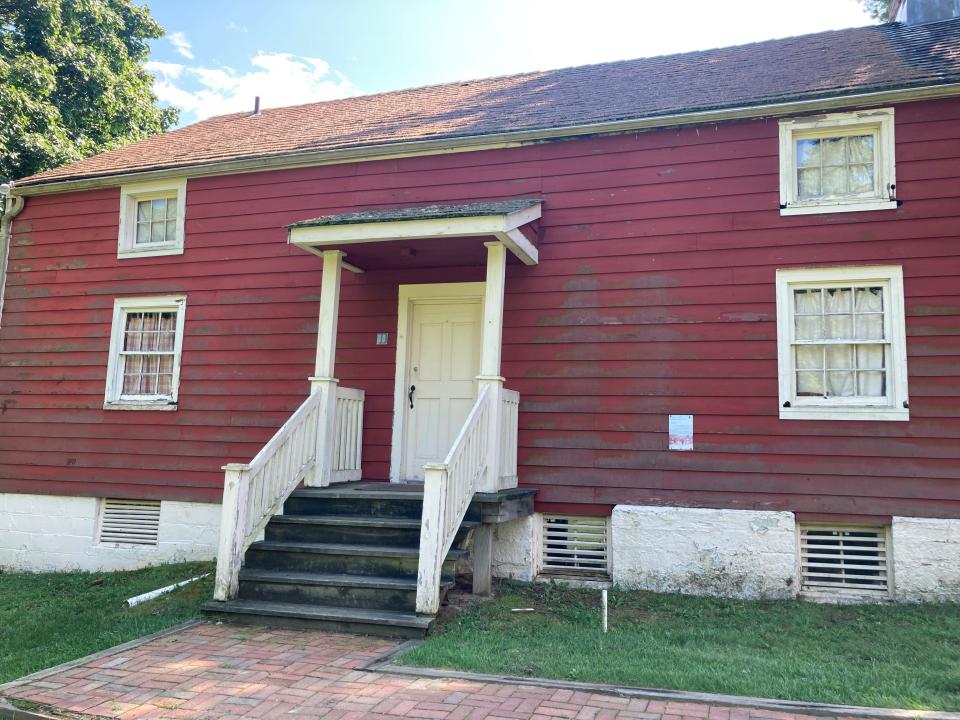
Revolutionary history: Black loyalists fought for their freedom — and the crown — at Sandy Hook during Revolution
As the clock ticks toward the semiquincentennial — the mouthful of a word that means 250th — that finally might be changing.
‘Everyone should know the sacrifices’
The Murray farmhouse is governed by the Poricy Park Conservancy, a nonprofit that works with Middletown officials to maintain the park’s 250 acres and the farmstead. Earlier this year Andrew Clark, a member of the conservancy’s board of trustees, recommended the farmhouse and barn for inclusion on the nonprofit watchdog Preservation New Jersey’s 2023 list of the state’s 10 most endangered historic places.
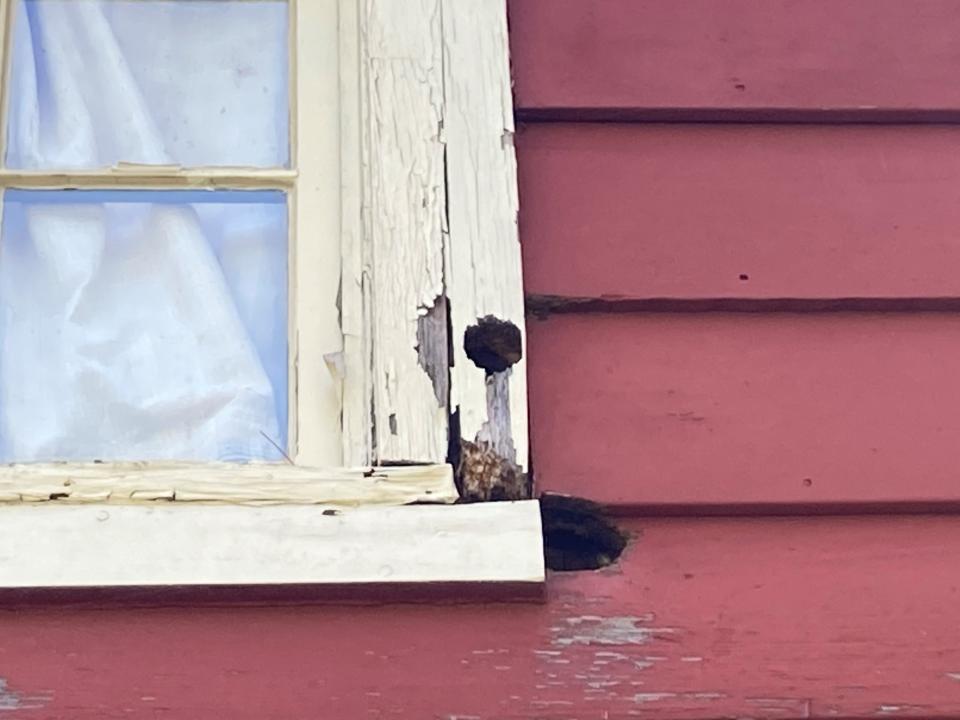
Clark grew up in Toms River, has lived in Middletown for 11 years and teaches history at Bridgewater-Raritan High School.
“As a history teacher in a high school, I know how it can be very difficult to make events that happened 200 to 300 years ago come alive,” he said. “Preserving this very important place helps — not just in terms of American history, but also our local history in New Jersey.”
There was more Revolutionary War bloodshed in New Jersey than any other colony. Tensions between militia and loyalists ran particularly high along the Bayshore.
Bringing history back: Revolutionary War Bayshore ship capture story disappeared for 243 years, until now
Murray wasn’t a Continental Army soldier. He was a regular guy who believed in the cause of independence and did his part by disrupting attempts to supply the British at Sandy Hook and stealing the horses of loyalists and redcoats for use by the local militia. In response, someone arranged a hit on him. Such was the chaos of the period that no charges ever were brought.
“At this site Joseph Murray was murdered by Tories in retaliation for his daring patriot deeds,” the marker at Poricy Park reads.
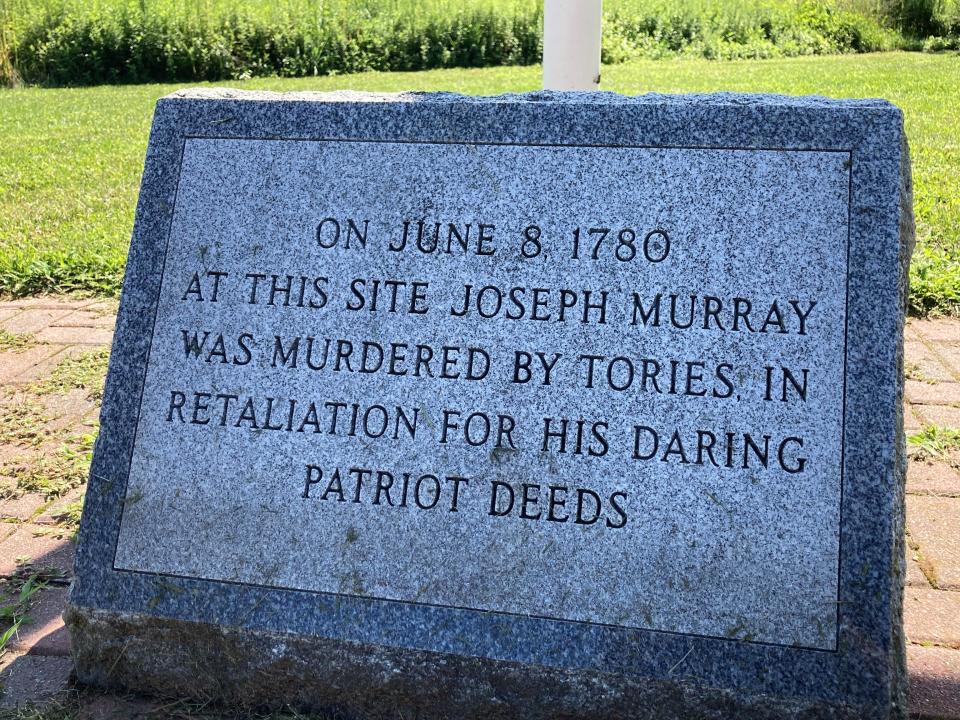
“Everyone should know the sacrifices Joseph Murray made for this area and for the country,” Clark said.
Preservation New Jersey agreed, featuring the site prominently on its 2023 “10 most endangered” list, which was released in June.
“As we are approaching the 250th, we really want the state and all of our partners in our communities engaged in our foundations and preserving them,” said Kelly Ruffel, Preservation New Jersey’s executive director. “There are very few left. The Joseph Murray Farmhouse tells that story and it’s something that we don’t want to lose. It’s also an excellent example of early farmsteading in New Jersey.”
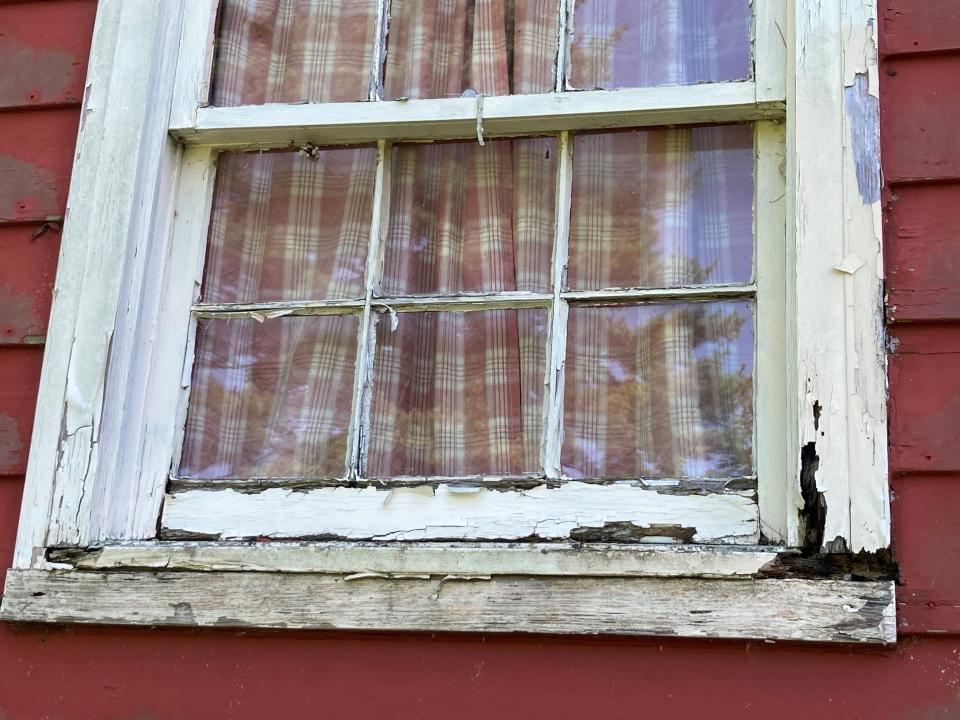
Messy history: College students find original Twin Lights lighthouse — and 200-year-old taxpayer ripoff
Planning for 2026: 'Now is the time'
After the farmhouse’s inclusion on the endangered list, the wheels started turning. Middletown’s council recently approved a $175,000 appropriation for restoration.. Another $185,000, plus an additional $75,000 to replace the barn’s porous roof, is expected to be greenlit this week.
“We had budgeted money about two years ago to renovate the Murray Farmhouse, but one of the problems with historic buildings is you spend almost as much on the architects as you do with the work because the state is very strict about how you go about restoration,” Middletown administrator Tony Mercantante said. “We realized we were going to need more money.”
A request for bids will go out shortly.
“Most of this work can be done over the winter, unless it’s a horrible winter,” Mercantante said.
Once completed, will the Murray farmhouse, which features a period-replica interior, be open to the public more regularly? Elaine Hinckley, president of the Poricy Park Conservancy’s board, did not respond to an interview request.
'You had a chance': How indentured Irish risked everything to build Monmouth County
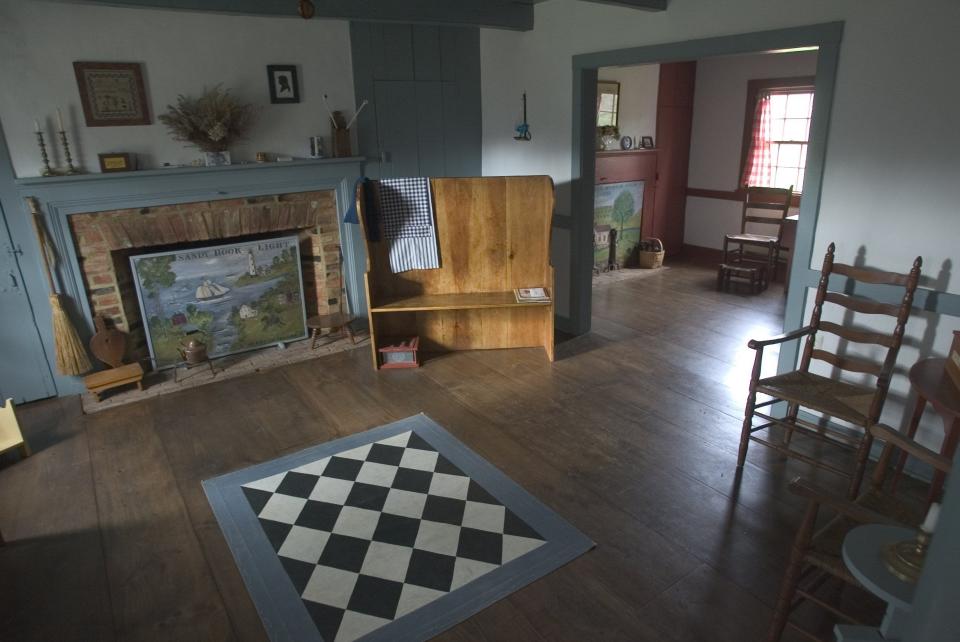
“Public access is highly important for our history sites,” Preservation New Jersey’s Ruffel said. “It keeps these buildings around longer. If you close it up, people forget about it and it gets neglected, and by the time it gets attention the deterioration is so bad, it’s facing demolition.”
Middletown has enough traces of the revolution to support its own “Summer of 2026” freedom tour, between the Spy House, Marlpit Hall, Old First Church, and Sandy Hook’s Refugeetown. Marlpit Hall is the former home of prominent loyalist Edward Taylor, who historians suspect may have ordered the hit on Murray.
More on Marlpit Hall: Slave shackles discovered at historic Middletown home displayed in jarring new exhibit
Imagine Murray’s surprise, 250 years later, to learn Taylor’s home is open to the public and in excellent condition, while his is closed and crumbling.
As local historian Randall Gabrielan puts it: “The two houses representing opposing sides provide in one town a study in contrasts.”
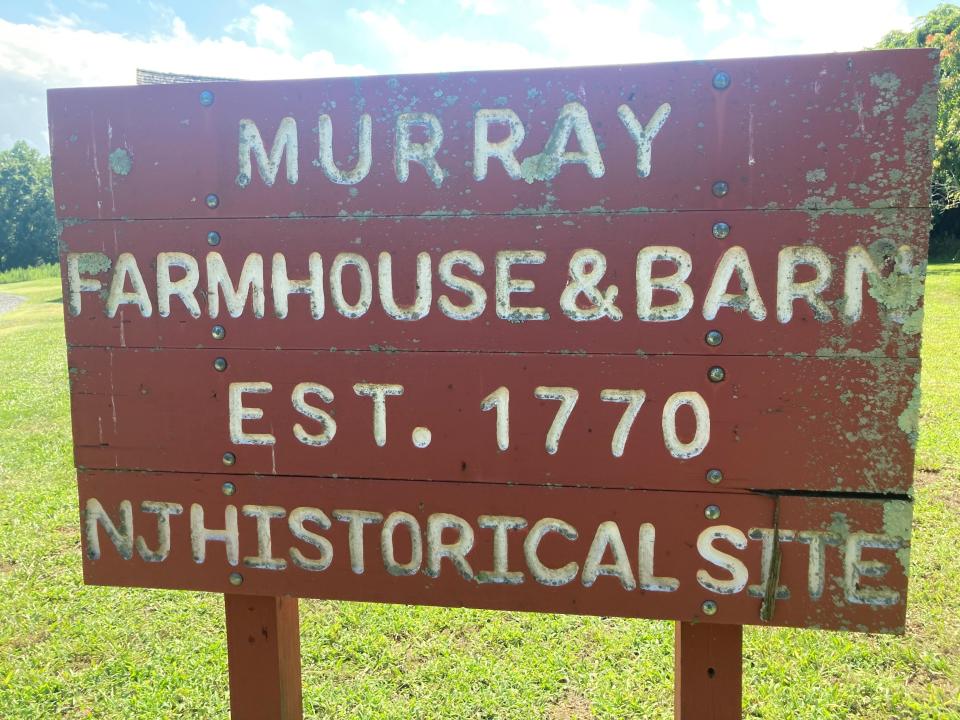
They would make for one heck of a tour.
In the past, funded by state grants, Middletown has hosted walking history tours that were “extremely popular” Mercantante said. Matawan, which also is steeped in history, has sold out similar tours by trolley.
Revolutionary history in Matawan: Pastor in prison, church burned to the ground
“Now is the time to plan for that stuff,” Mercantante said.
Indeed. The appropriations for the Murray farmhouse are a start. The summer of 2026, done right, should be both a celebration and a catalyst.
“Buildings are containers for our stories,” Ruffel said. “They outlive all of us, so to be able to continue that for future generations is essential.”
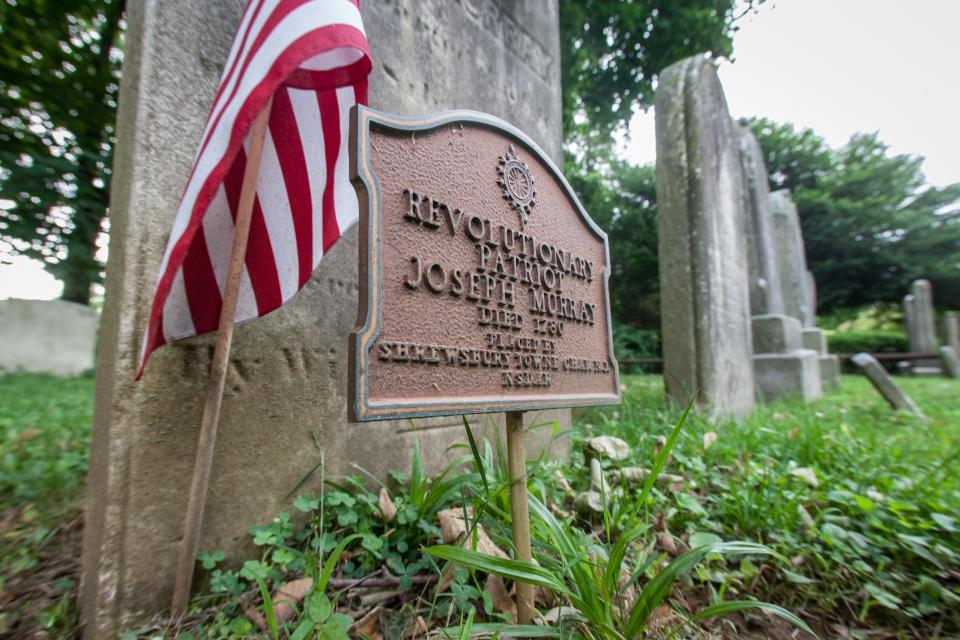
Jerry Carino is community columnist for the Asbury Park Press, focusing on the Jersey Shore’s interesting people, inspiring stories and pressing issues. Contact him at jcarino@gannettnj.com.
This article originally appeared on Asbury Park Press: Can we save Middletown farmhouse where patriot was brutally murdered?

